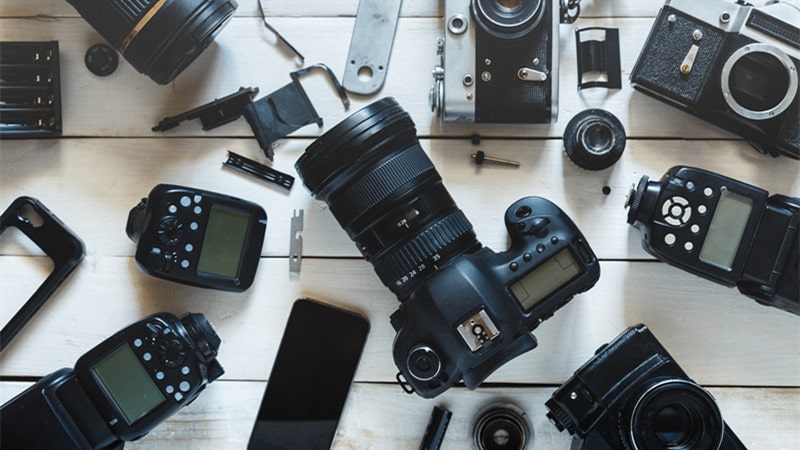Image-making, an art as old as humanity itself, has continually evolved, reflecting our changing world and advancing technology. From the first cave drawings to the intricate digital images we see today, each step in this evolution has been groundbreaking. In this journey, the invention of cameras and the advent of digital technology have been pivotal. Let’s dive into the fascinating story of image-making, appreciating its past and embracing its present.
The Evolution of Image-Making
Human beings have always had the urge to capture and communicate their experiences, and image-making has been one of the most profound ways to do so. It began with primitive drawings on cave walls, where early humans depicted their daily lives and dreams. These images were more than mere decoration; they were the first attempts to document and make sense of the world.
As civilizations advanced, so did the methods of image-making. The Egyptians used hieroglyphics, an intricate system combining writing and imagery, to record their history and culture. The Greeks and Romans took this further with detailed frescoes and mosaics. In the Middle Ages, illuminated manuscripts combined text and intricate illustrations, showing the deep connection between visual art and storytelling.
The Renaissance brought a revolution in image-making. Artists like Leonardo da Vinci and Michelangelo mastered perspective, bringing a new depth and realism to their work. This era set the stage for modern art, emphasizing observation and the portrayal of nature and human emotions.
The Role of Cameras in Image-Making
The invention of cameras was a watershed moment in the history of image-making. For the first time, it was possible to capture a real-life scene exactly as it appeared, a concept that was both thrilling and controversial. The first cameras were large and cumbersome, but they opened a new world of possibilities.
The development of photography in the 19th century democratized image-making. People no longer needed the skill of a painter to capture a likeness. This period saw rapid advancements in camera technology, making photography more accessible and versatile.
One iconic example is the old Polaroid camera. Introduced in the mid-20th century, it became a symbol of instant photography. The charm of the old Polaroid was in its simplicity and the immediacy of its results. With a Polaroid, memories were not just captured; they were instantly available to be seen, shared, and cherished.
Modern Image-Making Technologies
The late 20th and early 21st centuries have seen a digital revolution in image-making. Digital cameras and smartphones have made photography more accessible than ever. The quality of images that can be captured with a device that fits in your pocket would have been unimaginable to photographers of the past.
Modern image-making is not just about capturing an image but also about processing and sharing it. Software like Photoshop has opened up endless possibilities for creativity, allowing us to not just record reality but also reinterpret it. Social media platforms have become the new galleries, where images are shared and viewed by millions worldwide.
This era has also seen a resurgence of interest in traditional methods. Amidst the digital abundance, the tactile quality of film photography and the unique charm of old Polaroid photos have gained a new appreciation. This juxtaposition of old and new reflects the diverse ways we engage with image-making today.
Conclusion
The story of image-making is a mirror to our history, reflecting our technological advancements and cultural shifts. From the first cave paintings to the latest digital images, each step has been a leap into uncharted territory. As we continue to innovate and experiment, the future of image-making looks as bright and as varied as its past.




